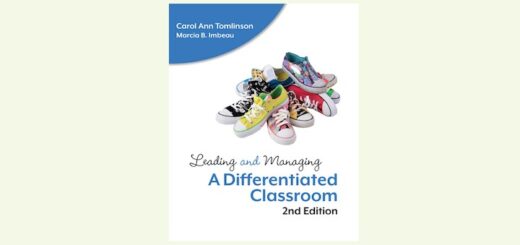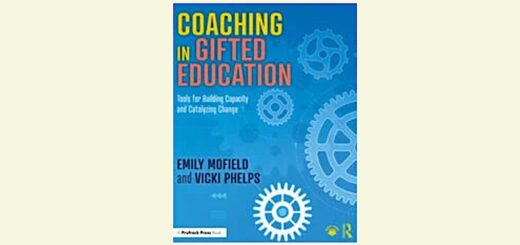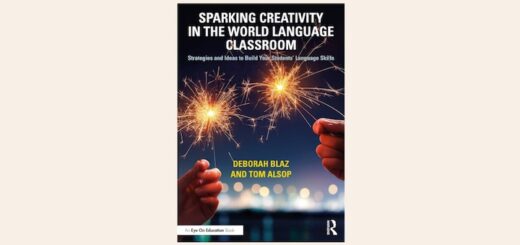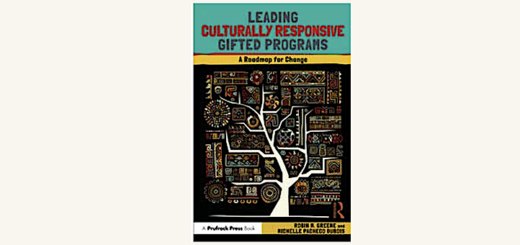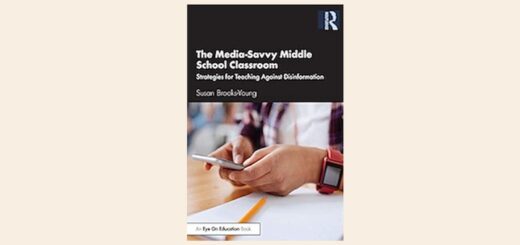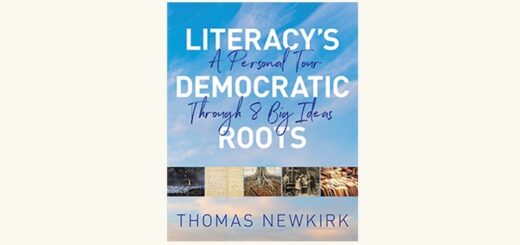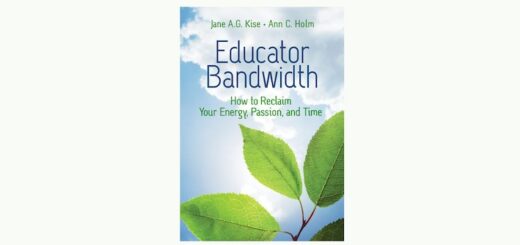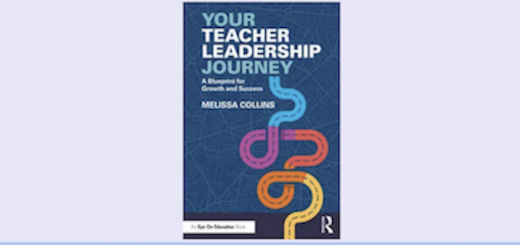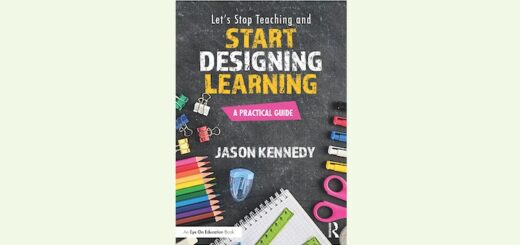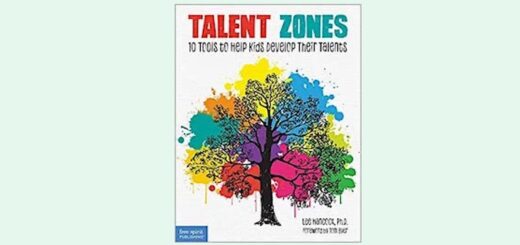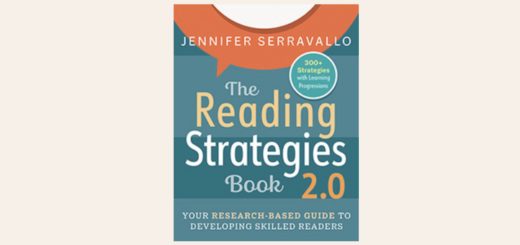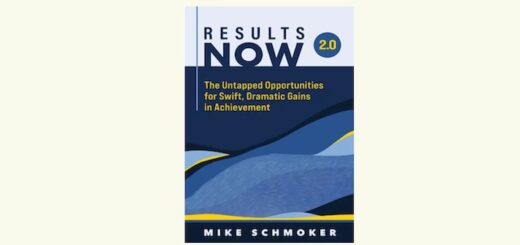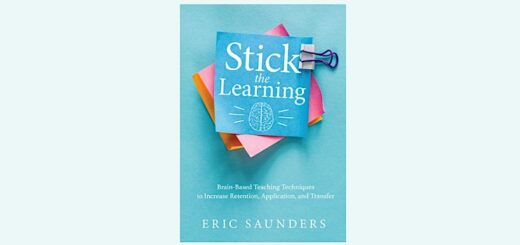Don’t Just Blame Social Media for Kids’ Issues
A MiddleWeb Blog

Surgeon General Vivek Murthy’s May 2023 advisory on social media and mental health, the recent painful CDC report on teen mental health, and the evidence teachers all see daily in the halls confirm that our kids are struggling with their hearts and minds. No one can deny that we’ve got some very disturbing trends on our hands as educators. But the why is more elusive.
So I’m going to devote this column to introduce to the readership one of my very favorite, time-tested, thoughtful scholars on teens and social media: danah boyd – Partner Researcher at Microsoft Research and the founder/president of Data & Society.
As you reflect on the state of school and our nation’s youth this summer, please read boyd’s post on the real reasons behind efforts to deny young people access to social media. To make her point, she begins with a Swiftian “modest proposal” that we need to ban television for senior citizens.
Our tendency to jump for the easiest answers
I recently led several teachers in the regional scoring for our written state assessments for English as a New Language (ENL) students. It was my first time doing it, and I was fascinated with the one thing that consistently rose to the surface when working to align our scores: the tendency to jump to the most obvious criteria – the easiest to pick out – to ultimately determine the score.
For us, that meant we had to work hard to pull our attention away from mechanics and word choice on the holistic rubric, and make sure we were giving due credit to the more fluid and more content-based criteria such as degree and quality of response. We needed to dig deeper.
So it’s worth quoting danah at length here about the CDC report:
I looked at this data and shook my head. My head swirled thinking about the pandemic, the rise in financial instability and food scarcity in some communities, the rising costs of college, the rise in visible hate speech, anti-trans and anti-abortion legislation, the fear kids have of a mass shooter at school, and a slew of other trends that I hear young people angst about. But apparently regulators preferred a different interpretation. They looked at this and went: “blame social media!!!”
This is not to say that the intersection of social media and risk factors for mental health isn’t demonstrably a can of hot gasoline. As someone who manages my own mental health actively, I can attest to this from my own experience: unchecked on social media, I feel anxious, restless, impulsive, fractured, and these feelings bleed out into my offline world. It’s why I have been essentially off all social media since 2016.
However, danah’s point (and mine) is that causality is a big deal, and much harder to pin down than legislators, pundits, and parents would like to believe. As she says:
These bills [to control access to social media] aren’t tools to empower parents or address a very real mental health crisis. They’re a mechanism to control youth, enrich age verification vendors, and turn our kids into political pawns.
These laws sound good because we are worried about our kids and because there is deep and reasonable animosity towards Big Tech…. Let’s pass data privacy laws that protect all of us…Let’s build mental health infrastructure. Let’s increase our social safety net. But please please, let us not ban children from social media ‘for their own safety.’ Cuz that’s just not what this is about.
As for me, I’ve been spending my time lately figuring out ways to mitigate the actual panic my students were expressing about the Canadian wildfire smoke leaking down into upstate New York two weeks ago.
NOTE: Also see danah boyd’s more recent post, Struggling with a moral panic once again (4/19/24), which includes a path forward.
Feature photo by Jesús Rodríguez on Unsplash















